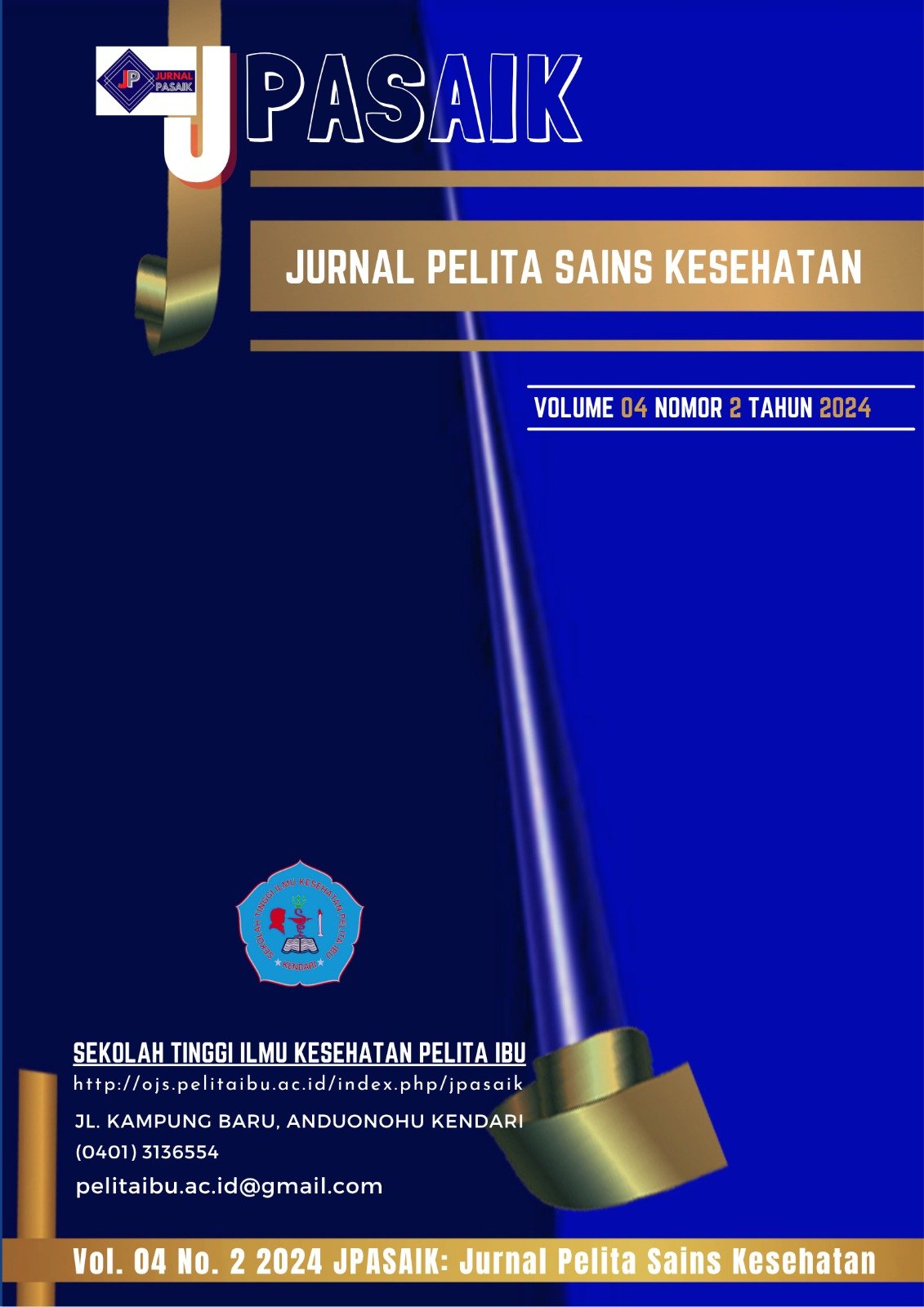Evaluation of Medical and Non-Medical Solid Waste Management at Dr. H.L.M. Baharuddin, M.Kes Regional General Hospital, Muna Regency, 2024
Keywords:
Waste Management, Medical Waste, Non-Medical Waste, Muna RegencyAbstract
Management of medical and non-medical waste at the dr. H.L.M. Baharuddin Regional General Hospital, Muna Regency, faces a number of challenges even though sorting and containerization efforts have been carried out in accordance with applicable regulations. This study aims to analyze the management of solid medical and non-medical waste at the hospital, focusing on aspects of sorting, containerization, transportation, storage, and final processing. The method used is qualitative with observation techniques and in-depth interviews. The results of the study indicate that the waste sorting process at the dr. H.L.M. Baharuddin Regional General Hospital has been running according to standards, but there are still obstacles in the understanding of patient families about waste classification, which causes medical and non-medical waste to be mixed. The waste container process has met the established standards, although there is a need to improve the container technology. Waste transportation is carried out separately, but there are shortcomings in the use of Personal Protective Equipment (PPE) by cleaning staff. Storage of medical waste at the Temporary Shelter (TPS) is adequate, but the cooling facilities are not functioning optimally. Final processing of medical waste is carried out by a third party because RSUD dr. H.L.M. Baharuddin does not have an incinerator, and non-medical waste processing is carried out by the Environmental Service (DLH). This study suggests increasing education for patient families, using new technology in containers, increasing the frequency of waste transportation, improving storage facilities, and periodic evaluation of waste processing by third parties. Further efforts are needed to overcome obstacles in waste management that are in accordance with the geographical and demographic conditions of Muna Regency
References
Adisasmito, W. (2021). Pengelolaan Limbah Medis di Indonesia: Tantangan dan Solusi. Jurnal Kesehatan Masyarakat, 13(2), 122-128.
Fernandez, S. (2020). Medical Waste Management in Southeast Asia during the COVID-19 Pandemic. Asian Development Bank Report, 45, 57-63.
Habibi, A. (2020). Pemisahan Limbah Medis dan Non-Medis di Rumah Sakit. Jurnal Pengelolaan Lingkungan Rumah Sakit, 14(3), 89-94.
Heryadi, A. (2019). Penelitian Kualitatif dalam Pengelolaan Limbah. Jurnal Metode Penelitian, 7(1), 50-56.
Kementerian Kesehatan RI. (2019). Pedoman Pengelolaan Limbah Medis di Rumah Sakit. Kemenkes RI, 18, 202-210.
Kotika, H., et al. (2023). Dampak Limbah Rumah Sakit terhadap Kesehatan Lingkungan. Jurnal Ekologi Kesehatan, 15(4), 221-230.
Miles, M. B., & Huberman, A. M. (2018). Qualitative Data Analysis: A Methods Sourcebook. SAGE Publications.
PERMENKES. (2020). Peraturan Menteri Kesehatan Republik Indonesia Nomor 7 Tahun 2019 tentang Pengelolaan Limbah Medis. Jurnal Regulasi Kesehatan, 9(1), 30-40.
Singh, P., et al. (2020). Medical Waste during the COVID-19 Pandemic in Hubei, China. Journal of Environmental Management, 12(5), 460-470.
Sugiyono, H. (2018). Metode Penelitian Kuantitatif, Kualitatif, dan R&D. Alfabeta: Bandung.
WHO. (2019). Waste from Health-Care Activities. World Health Organization Report, 17(2), 44-50.











